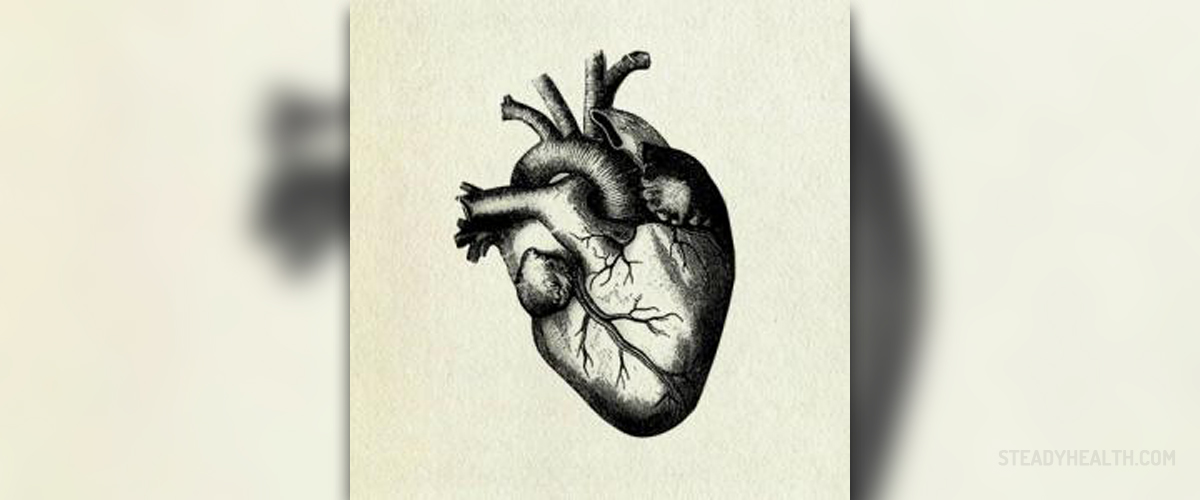
Functioning of the human heart
Human heart is positioned in the center of the chest, and it is divided in four main chambers: left and right atria (upper chambers) and left and right ventricles (lower chambers). The heart is enclosed in a double protective sac called the pericardium As the heart beats, the right ventricle pumps the same amount of blood into the lungs that the left ventricle pumps out into the body. Blood flows from the heart from the atria to the ventricles where the right ventricle pumps it into the lungs where the gas exchange takes place. The blood drops carbon dioxide and binds up oxygen.
Human heart is an amazing and complex organ that is the size of a fist and weighs somewhere between 250 and 350 grams. The heart beats about 100.000 times a day and processes approximately 2.000 gallons of blood. Average healthy adult heart beats 72 times in a minute; this is equal to 3,600,000 times a year. Probably, the most interesting fact about heart is that it pumps so strong and so frequent that it creates enough energy to drive a truck for 20 miles! During an average lifetime heart pumps nearly 1.5 million gallons of blood and generates enough force to make it possible to drive to the moon and back.
The first heartbeats start at four weeks after the conception and once they stop a person is dead. One of the major health problems affecting the heart is a heart attack, which is typically fatal. According to the studies, people are more likely to get a heart attack on a Monday morning, because levels of a stress hormone called cortisol are at their highest point early in the day. Monday is especially stressful since people are getting back to work after the weekend.
The best way to increase the heart health is to have an active sex life. According to some studies, having orgasm three or four times a week might offer protection against a heart attack or stroke.


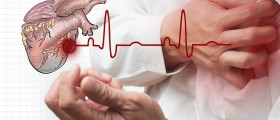
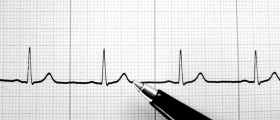


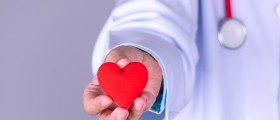
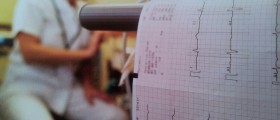


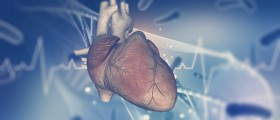
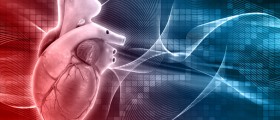





Your thoughts on this
Loading...